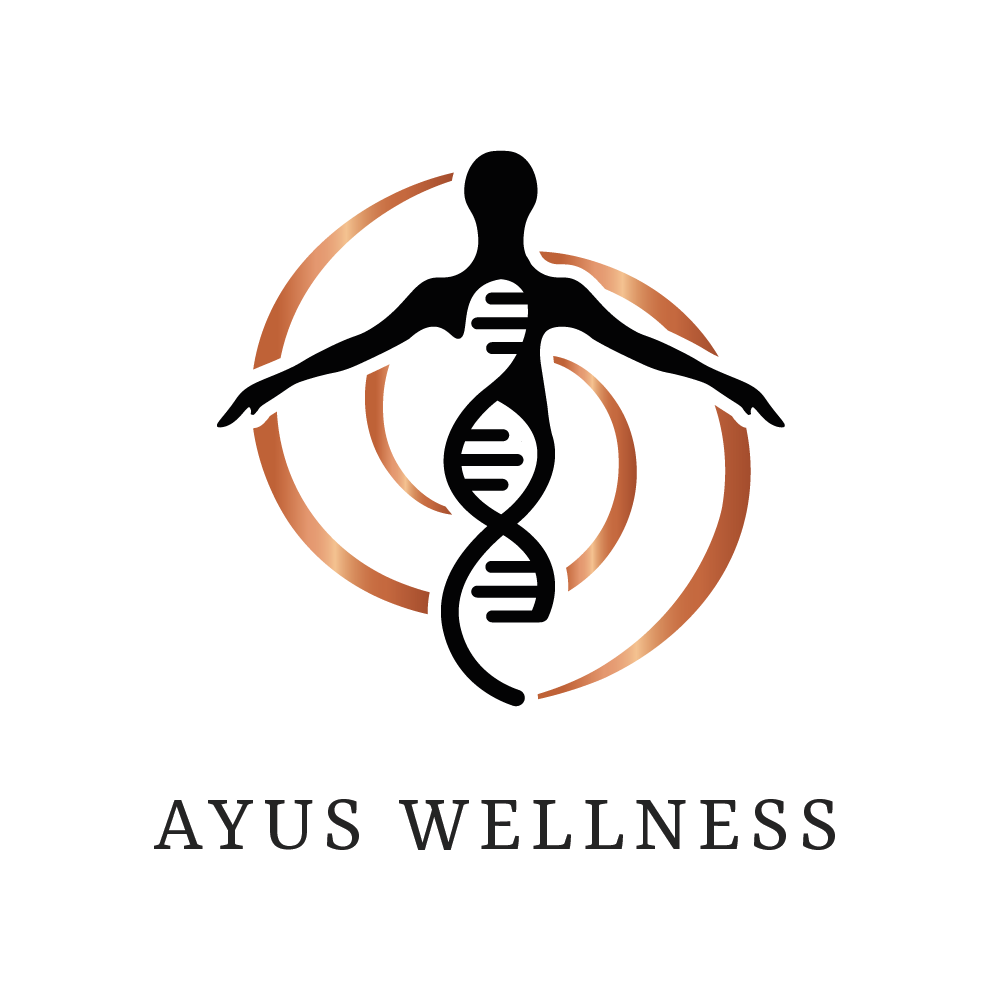This store requires javascript to be enabled for some features to work correctly.
Comprehensive Guide to Tibetan Rites: A Journey to Health and Longevity
Welcome to the captivating world of the Tibetan Rites – a collection of timeless exercises that not only hold the promise of physical well-being but also the potential to unlock increased vitality and longevity. In this comprehensive guide, we'll delve into the heart of the Tibetan Rites, exploring their historical significance, the synergy of yoga and deep breathing, and the scientifically proven benefits they offer for your overall health.
Unveiling the Historical Roots of Tibetan Rites
The origins of the Tibetan Rites are steeped in the wisdom of Tibetan monastic traditions. Referred to as the "Five Tibetan Rites of Rejuvenation," these exercises have traversed generations as a treasured secret. Tibetan monks, renowned for their remarkable health and extended lifespans, attributed their well-being to these very practices. Today, we're fortunate to have access to these ancient techniques, offering a holistic approach to enhancing our lives.
Mastery of the Tibetan Rites Poses
1. Spin (Clockwise) - The Dynamic Pose
- Stand erect, with feet hip-width apart and arms extended at shoulder level, palms facing downward.
- Begin spinning clockwise (to the right) while keeping your arms outstretched, and allow your gaze to follow your fingertips.
- Gradually increase the number of spins over time, aiming for a maximum of 21 spins.
2. Leg Raises - The Beneficial Pose
- Lie on your back, arms resting by your sides, palms facing down.
- Inhale deeply as you raise your legs to form a 90-degree angle with your upper body.
- Exhale gently as you lower your legs, ensuring they do not touch the ground. Strive for 7 to 21 repetitions.
Muscles Stretched: Hamstrings, hip flexors, abdominal muscles.
Benefits: This exercise stretches the muscles of the legs and abdomen, enhancing flexibility, and improving blood circulation. Deep breathing during this pose oxygenates the body, aiding in relaxation and digestion.
3. Kneeling Backbend - The Fountain of Youth Pose
- Begin by kneeling on the floor, toes tucked under, and your hands placed on your lower back.
- Inhale deeply as you arch your spine backward, lifting your chest towards the sky.
- Exhale as you return to the starting position. Repeat this movement 7 to 21 times.
Muscles Stretched: Front of the body, chest, shoulders, hip flexors.
Benefits: The kneeling backbend opens the chest, stretches the front body, and enhances spinal flexibility. Deep inhalations fill the lungs, invigorating the body, and promoting mental clarity.
4. Tabletop - The Vibrant Pose
- Begin on all fours, aligning your wrists under your shoulders and knees beneath your hips.
- Inhale as you lift your hips, allowing your head to drop and forming an inverted "V" shape with your body.
- Exhale while returning to the tabletop position. Repeat this sequence 7 to 21 times.
Muscles Stretched: Back, hamstrings, calves, shoulders.
Benefits: The tabletop pose stretches the spine, hamstrings, and calves, enhancing flexibility and promoting a full-body stretch. The deep breaths facilitate relaxation and reduce stress.
5. Upward Dog to Downward Dog - The Energetic Pose
- Start in a push-up position (plank).
- Inhale as you transition to an upward dog, arching your back and lifting your chest.
- Exhale as you transition to a downward dog, lifting your hips and creating an inverted "V" shape.
- Alternate between the poses for 7 to 21 repetitions.
Muscles Stretched: Chest, spinal erectors, hamstrings, calves.
Benefits: This sequence stretches the entire body, enhancing spinal flexibility, and opening the chest and shoulders. The rhythmic breathing enhances the mind-body connection and encourages mental clarity.
Scientifically Proven Benefits of Yoga with Deep Breathing
The combination of yoga poses with deliberate deep breathing offers a wealth of scientifically recognized benefits:
- Stress Reduction: Deep breathing activates the parasympathetic nervous system, triggering the relaxation response and reducing stress hormones like cortisol1.
- Enhanced Lung Function: Deep breathing exercises improve lung capacity, promoting efficient oxygen exchange and respiratory function2.
- Improved Circulation: Yoga and deep breathing enhance blood circulation, aiding nutrient delivery and waste removal in the body3.
- Hormonal Balance: Mindful breathing has been linked to improved endocrine function, leading to balanced hormone levels4.
- Cardiovascular Health: Deep breathing and yoga practices are associated with lower blood pressure and improved heart health5.
Your Path to Well-Being Begins
As you embark on this journey of practicing the Tibetan Rites, remember that consistency and patience are paramount. Initiate your practice at a comfortable pace, gradually increasing intensity and repetitions as your body adapts. Always seek guidance from a healthcare professional before incorporating a new exercise regimen, especially if you have existing health concerns.
By dedicating yourself to the practice of the Tibetan Rites, you're immersing yourself in a tradition that has withstood the test of time. With perseverance and care, these ancient exercises have the potential to be a cornerstone of your holistic wellness routine, uncovering a path towards improved health, vitality, and the art of graceful aging.
